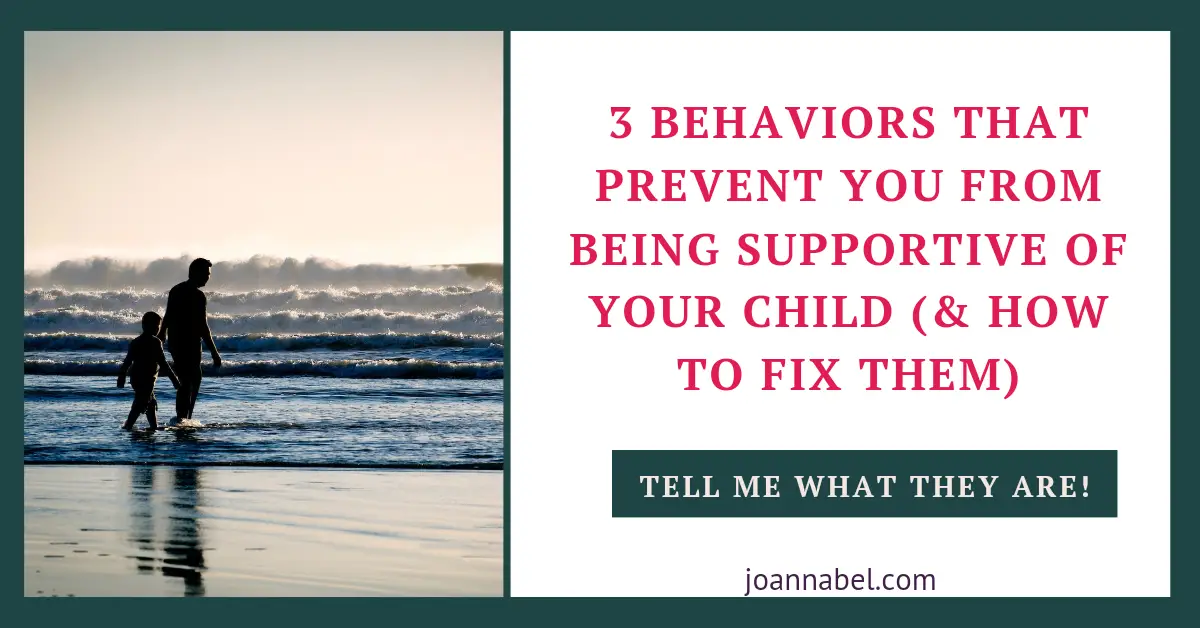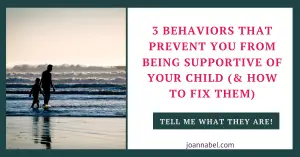Adopting a pet is a big decision when you have children. Adults have busy schedules and numerous responsibilities and bringing a pet into the family is not a simple decision.

Signs Your Child Is Ready To Own A Pet
Pets require daily care, just like you care for your kids. Nevertheless, owning an animal teaches children important lessons about responsibility, patience, and care. Read on to learn the signs your kid might be ready to own a pet.
Note: Although I am a Clinical Social Worker, engaging with this website does not establish a professional social worker-client relationship. The information provided here is for general purposes only and should not be considered professional advice. While we strive to ensure accuracy and reliability, this content is not a substitute for professional guidance. For specific concerns, issues, or situations, it is essential to consult a qualified professional and present your situation. Read the full Disclaimer here.
SIGNS KIDS ARE READY TO HAVE PETS

Bringing a pet into the family is a significant decision, one filled with potential joys and definite responsibilities. While the image of a child cuddling a furry friend is heartwarming, it’s crucial to gauge whether your child is truly prepared for the commitment involved.
Pet ownership offers valuable lessons in empathy, responsibility, and routine, but only if the child is developmentally ready to participate actively in the animal’s care.
Recognizing the signs that your child understands and accepts these duties is the first step towards ensuring a positive experience for everyone involved – including the new pet.
1. DO THEY SHOW CONSISTENT INTEREST IN ANIMALS?
A great first indicator is your child’s interest in animals as well as in owning one. Do they enjoy interacting with friends’ dogs, cats, or other animals?
When kids show sustained enthusiasm—rather than a fleeting fascination—it suggests they’re more likely to remain committed to caring for a pet long term.
2. CAN THEY HANDLE THIS RESPONSIBILITY?
Owning a pet involves daily tasks like feeding, cleaning, walking, and grooming. Look for signs that your child can handle consistent responsibilities.
For example, do they complete simple chores without persistent reminders? If they already keep their rooms clean, assist with preparing dinner, or help take care of their siblings, your child is likely mature enough to have a pet.
3. DO THEY UNDERSTAND THE IMPORTANCE OF GENTLE HANDLING?
Pets, especially small ones like hamsters and rabbits, require careful handling.
Observe how your child interacts with animals they encounter. Are they gentle and patient, or do they need reminders to be careful?
A rough-housing child shouldn’t have a pet until they understand how to play with and handle animals calmly and respectfully.
4. ARE THEY PSYCHOLOGICALLY PREPARED FOR THE UPS AND DOWNS OF PET OWNERSHIP?
Pet ownership isn’t always sunshine and rainbows. Pets get sick, require discipline, and sometimes have accidents.
Your child needs to be psychologically prepared for the less glamorous parts of pet care. For young kids, simple role-play scenarios can help.
For example, you might ask, “What happens if your puppy gets sick? How will we take care of them?” This prepares them for potential challenges and gives insight into their level of emotional maturity.
ARE THEY INTERESTED IN PET-SPECIFIC RESEARCH?
Another factor to consider is how eager and informed your child is about pet ownership. Have they done any research? Do they ask smart questions like “How do rabbits stay clean?” or “What do snakes eat?”
If your child is genuinely curious and takes the initiative to learn, it’s a good indicator of their capabilities as a pet owner.
Explain more complex concepts, too. For example, you might teach your kids about how veterinarians weigh very small animals and what supplies are necessary to care for different types of pets.
Your child’s answers will demonstrate their attention span and level of interest.
ARE YOU READY TO OWN A PET?
No matter how responsible your child is, the ultimate responsibility for the pet will fall on the parents. If your child’s enthusiasm wanes or more complicated things occur, you’ll need to step in to fill the gaps.
Before adopting a pet, be honest about your readiness to take on a long-term commitment. Pets can enrich a child’s life in countless ways, but only if every family member is on board.
Latest Posts:
- How to Discuss an (Online) Prenup with Your Partner Without Spoiling the Romance

- Common Mistakes to Avoid When Signing an Online Prenup

- Effective Ways To Address a Child Who Repeatedly Loses Keys

- Is Authoritative Parenting the Best Parenting Style?

- AUTHORITARIAN VS. AUTHORITATIVE VS. PERMISSIVE PARENTING STYLE

- Reconnect With Your Teen: 5 Fun Bonding Activities

KEY TAKEAWAYS ON SIGNS A CHILS IS READY TO OWN A PET
Here’s a quick checklist to help you determine if your child is ready for a pet:
- They can handle age-appropriate chores consistently.
- They show empathy.
- They take an active interest in learning about animal care.
Watching your child’s love for a pet grow is rewarding. Responsibility, empathy, and curiosity are signs that your kid is ready to own a pet.
Find the answers you need to each of these questions; they’re the starting point for a loving bond that could last a long time.
If you found this helpful, read also: How You Can Help Your Child Learn To Be Responsible For Their Actions.









Leave a Reply